| [1] |
黄 雨, 于 淼, BHATTACHARYA Subhamoy. 2011年日本东北地区太平洋近海地震地基液化灾害综述[J]. 岩土工程学报, 2013, 35(5): 834-840. (HUANG Yu, YU Miao, BHATTACHARYA Subhamoy. Review on liquefaction- induced damages of soils and foundations during the 2011 off the Pacific Coast of Tohoku Earthquake(Japan)[J]. Chinese Journal of Geotechnical Engineering, 2013, 35(5): 834-840 (in Chinese))
|
| [2] |
YOUD T L, IDRISS I M. Liquefaction resistance of soils :report from the 1996 NCEER and 1998NCEER/NSF workshops on evaluation of liquefaction resistance of soils[J]. Journal of Geotechnical and Geoenviromental Engineering, American Society of Civil Engineering, 2001, 127(4): 297-313.
|
| [3] |
陈龙伟, 袁晓铭, 孙 锐. 2011年新西兰 M w 6.3地震液化及岩土震害评述[J]. 世界地震工程, 2013, 29(3): 1-9. (CHEN Long-wei, YUAN Xiao-ming, SUN Rui. Review of liquefaction phenomena and geotechnical damage in the 2011New Zealand M w 6.3 earthquake[J]. World Earthquake Engineering, 2013, 29(3): 1-9. (in Chinese))
|
| [4] |
陈国兴. 对我国六种抗震设计规范中液化判别规定的综述和建议[J]. 南京建筑工程学院学报, 1995(2): 54-61. (CHEN Guo-xing. Some opinion and proposition on the formulas of the liquefaction estimation of sandy soils in six aseismic design codes in China[J]. Journal of Nanjing Architectural and Civil Engineering Institute, 1995(2): 54-61. (in Chinese))
|
| [5] |
GB 50011—2010建筑抗震设计规范[S]. 2010. (GB 50011—2010 Code for seismic design of buildings[S]. 2010. (in Chinese))
|
| [6] |
谢君斐. 关于修改抗震规范砂土液化判别式的几点意见[J]. 地震工程与工程振动, 1984, 4(2): 95-126. (XIE Jun-fei. Some comments on the formula for estimating the liquefaction of sand in revised a seismic design code[J]. Journal of Earthquake Engineering and Engineering Vibration 1984, 4(2): 95-126. (in Chinese))
|
| [7] |
王维铭. 场地液化特征研究及液化影响因素评价[D]. 哈尔滨: 中国地震局工程力学研究所, 2013. (WANG Wei-ming. Study on liquefaction characteristics and liquefaction-influencing factors assessment[D]. Harbin: Institute of Engineering Mechanics, China Earthquake Administration, 2013. (in Chinese))
|
| [8] |
GB/T17742—2008 中国地震烈度表[S]. 2009. (GB/T17742—2008 The Chinese seismic intensity scale[S]. 2009. (in Chinese))
|
| [9] |
李兆焱, 汪云龙, 曹振中, 等. 我国规范液化判别方法在新疆地区适用性检验[J]. 岩土工程学报, 2013, 35(增刊2): 396-400. (LI Zhao-yan WANG Yun-long, CAO Zhen-zhong, et al. Feasibility of liquefaction prediction method in China's seismic code to Xinjiang region[J]. Chinese Journal of Geotechnical Engineering, 2013, 35(S2): 396-400. (in Chinese))
|



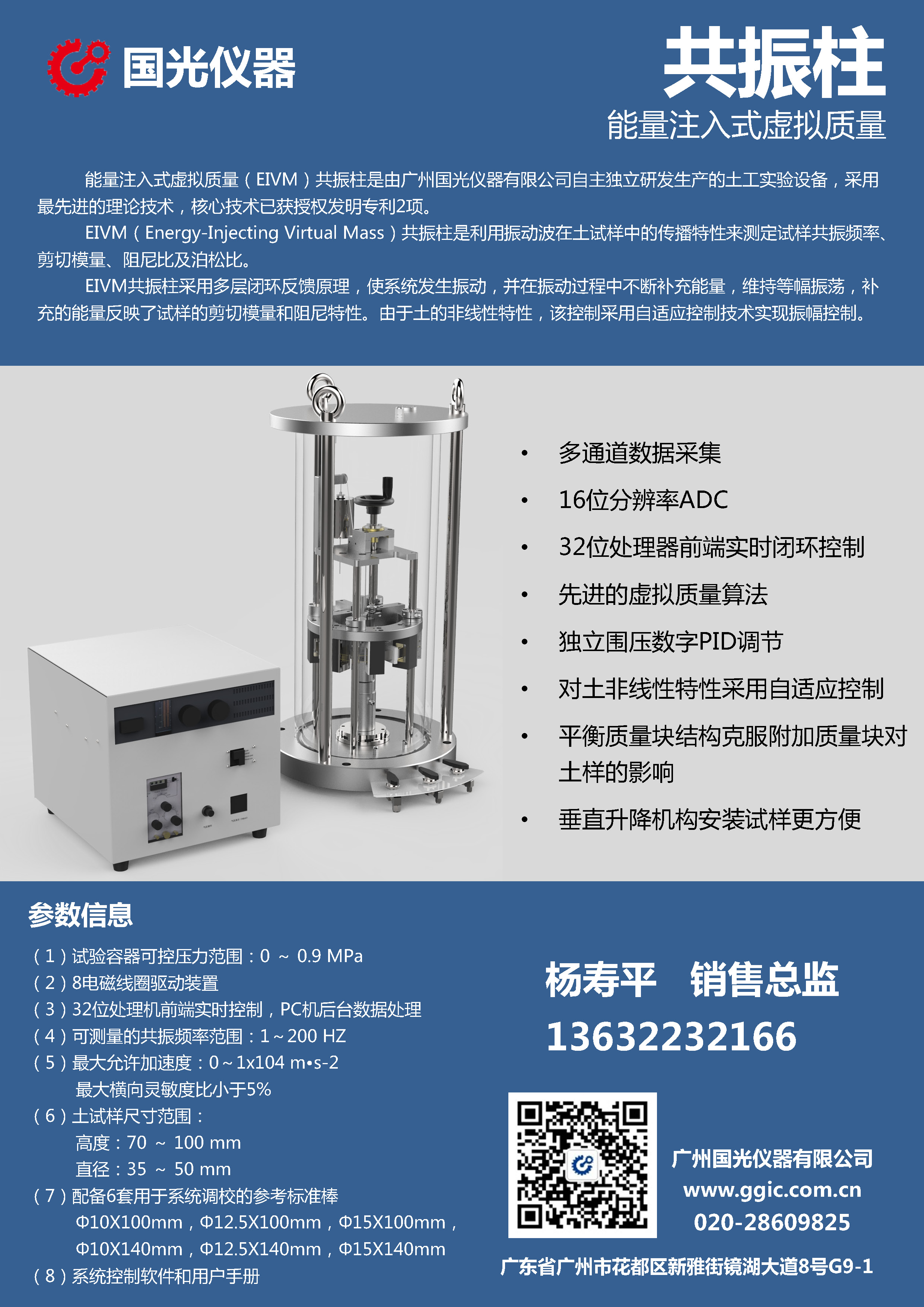
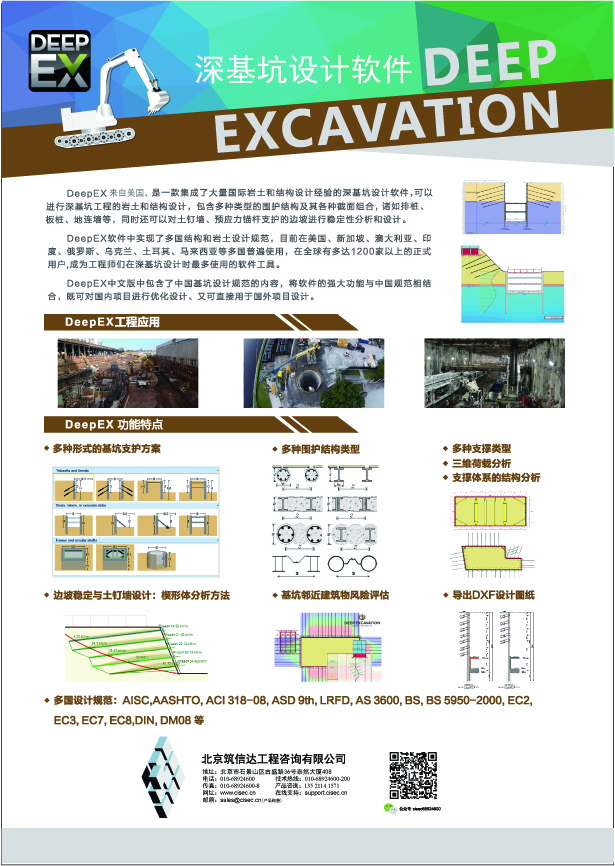
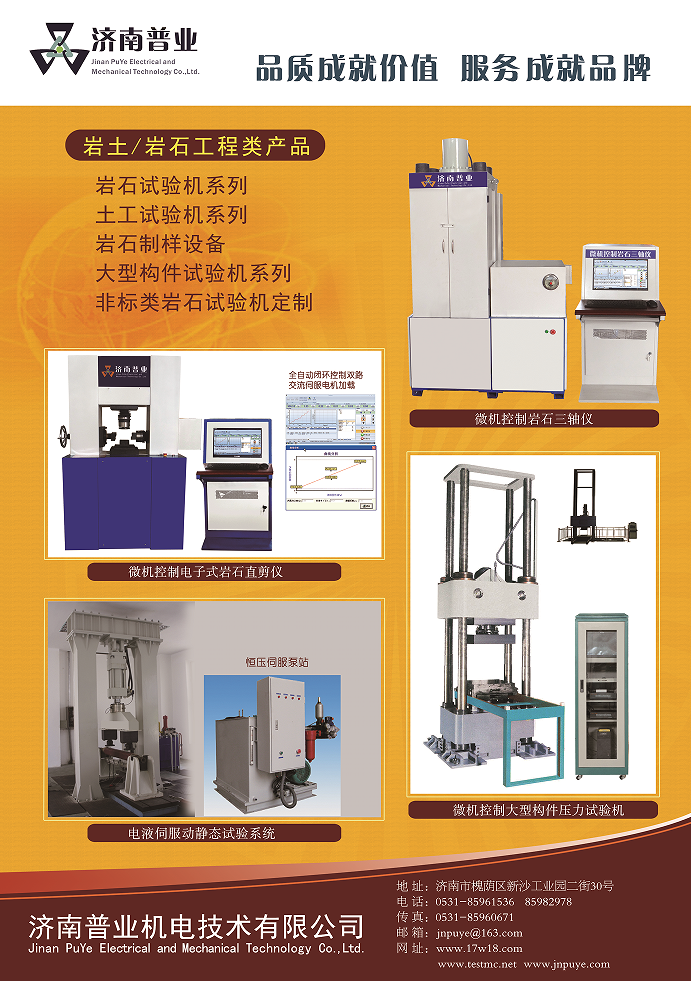
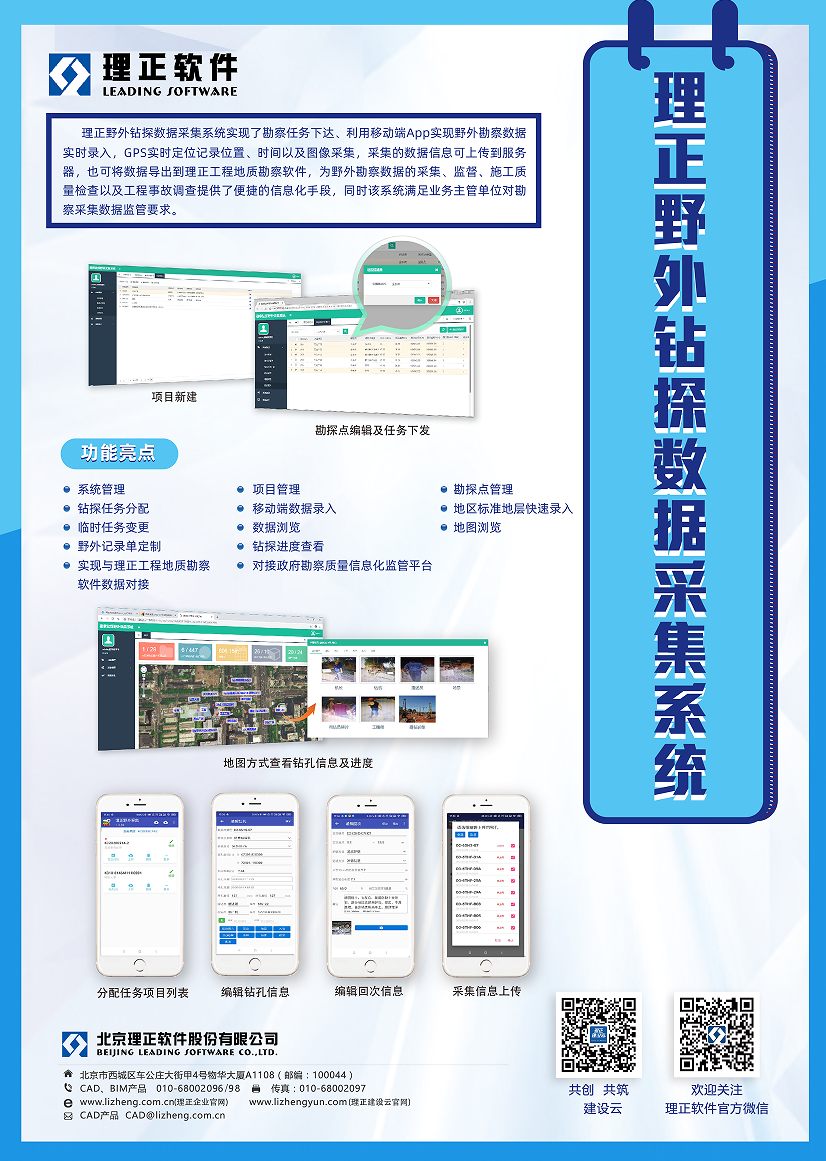
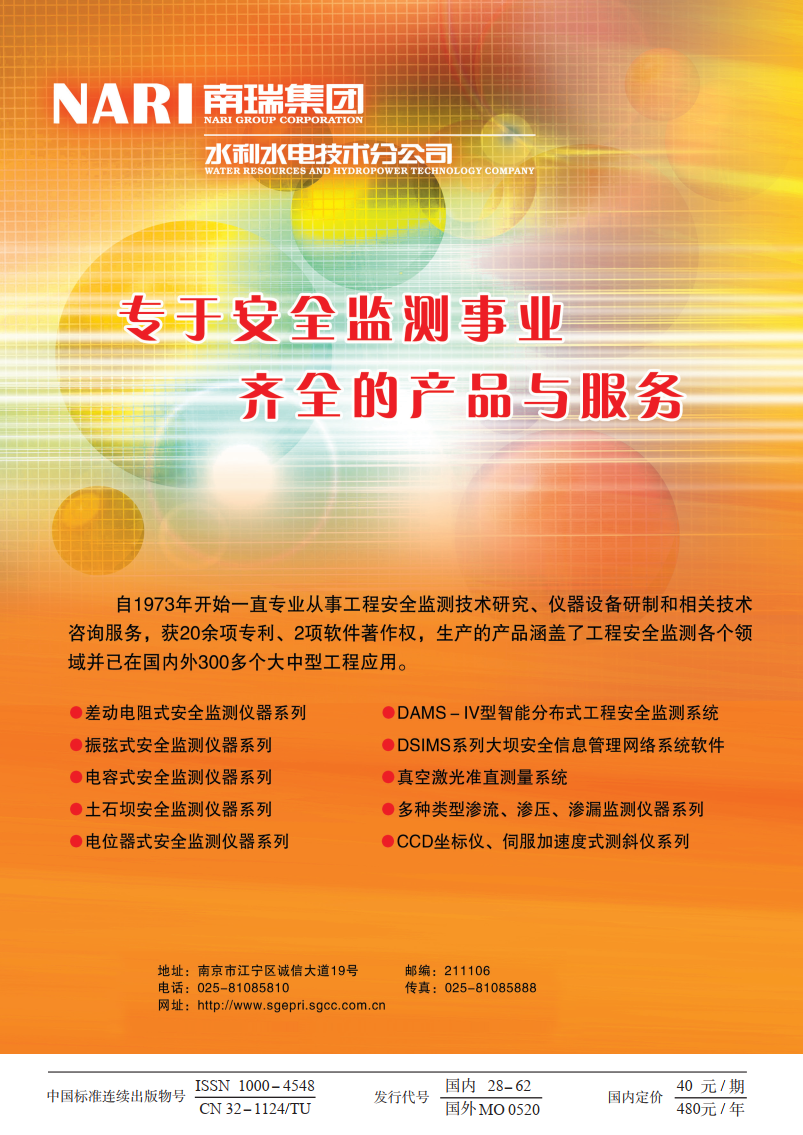
 下载:
下载:
